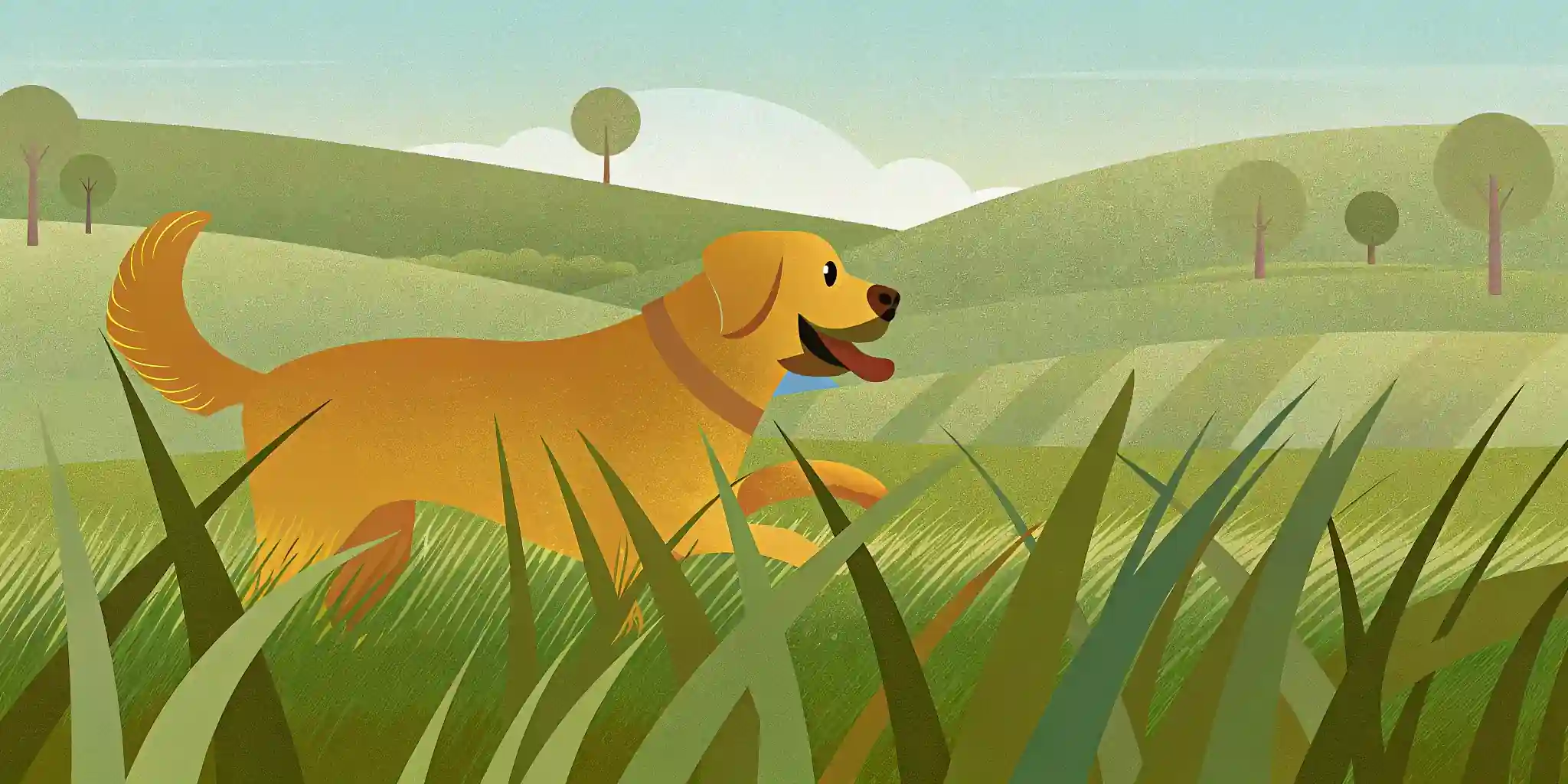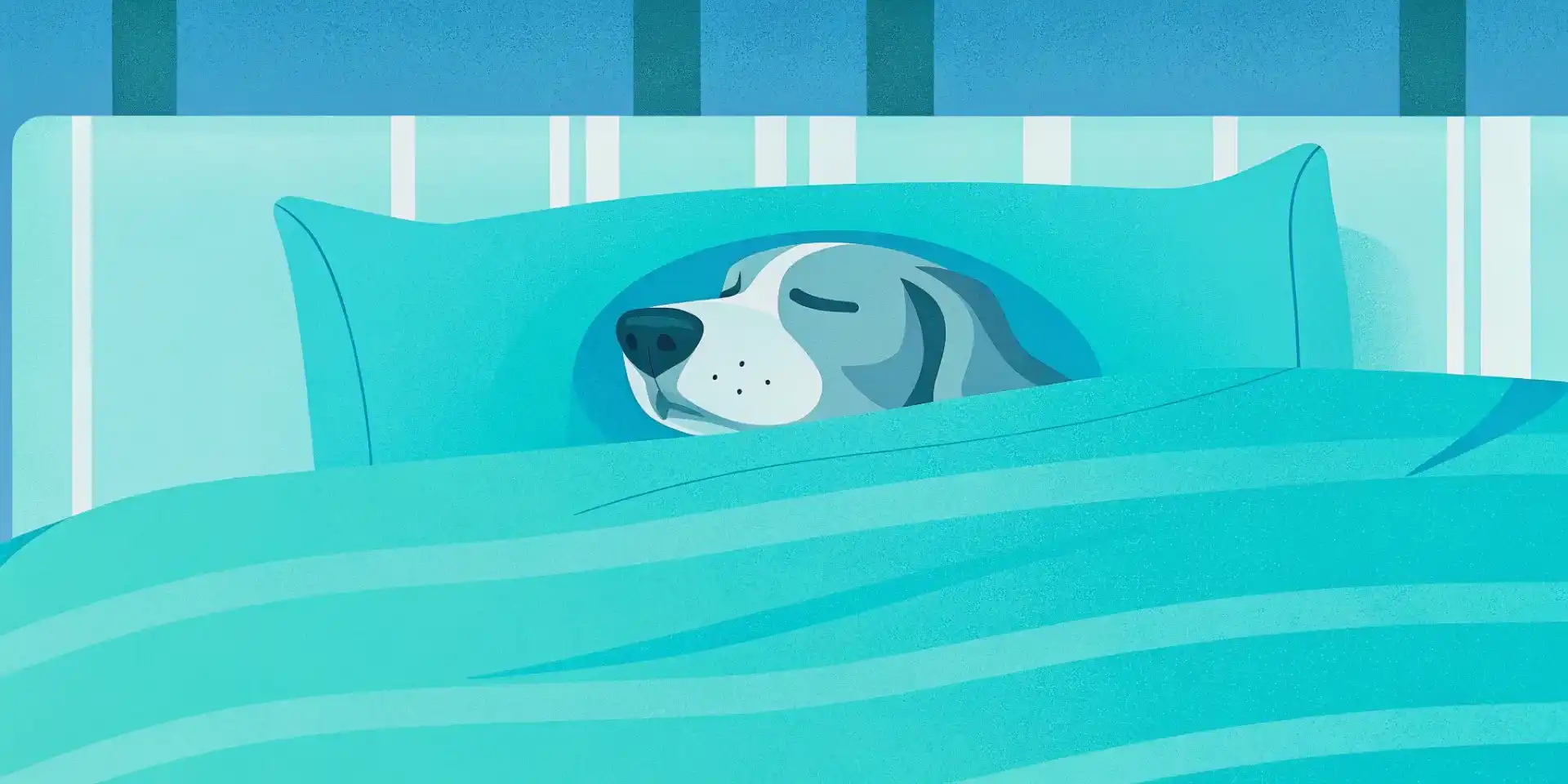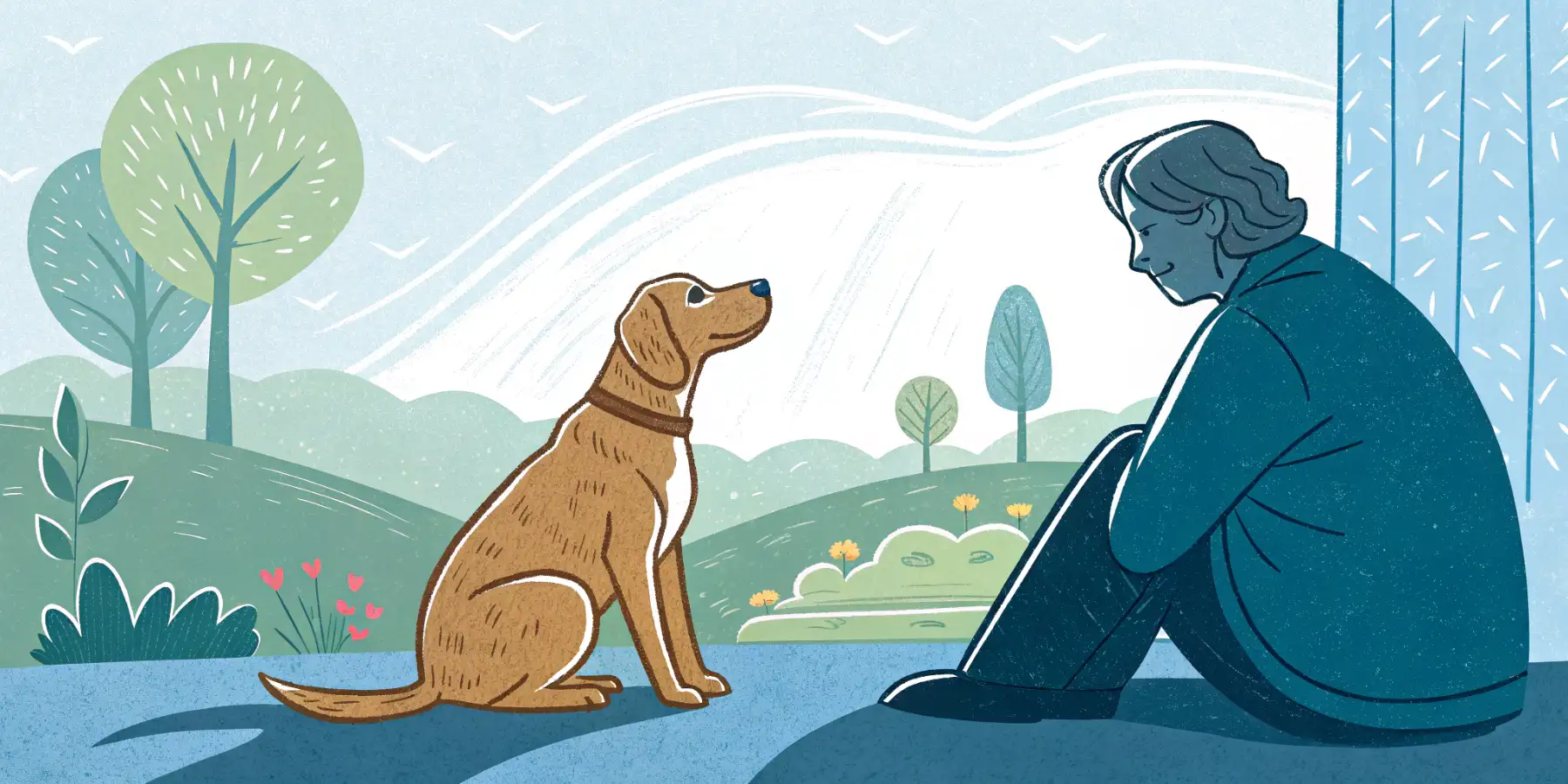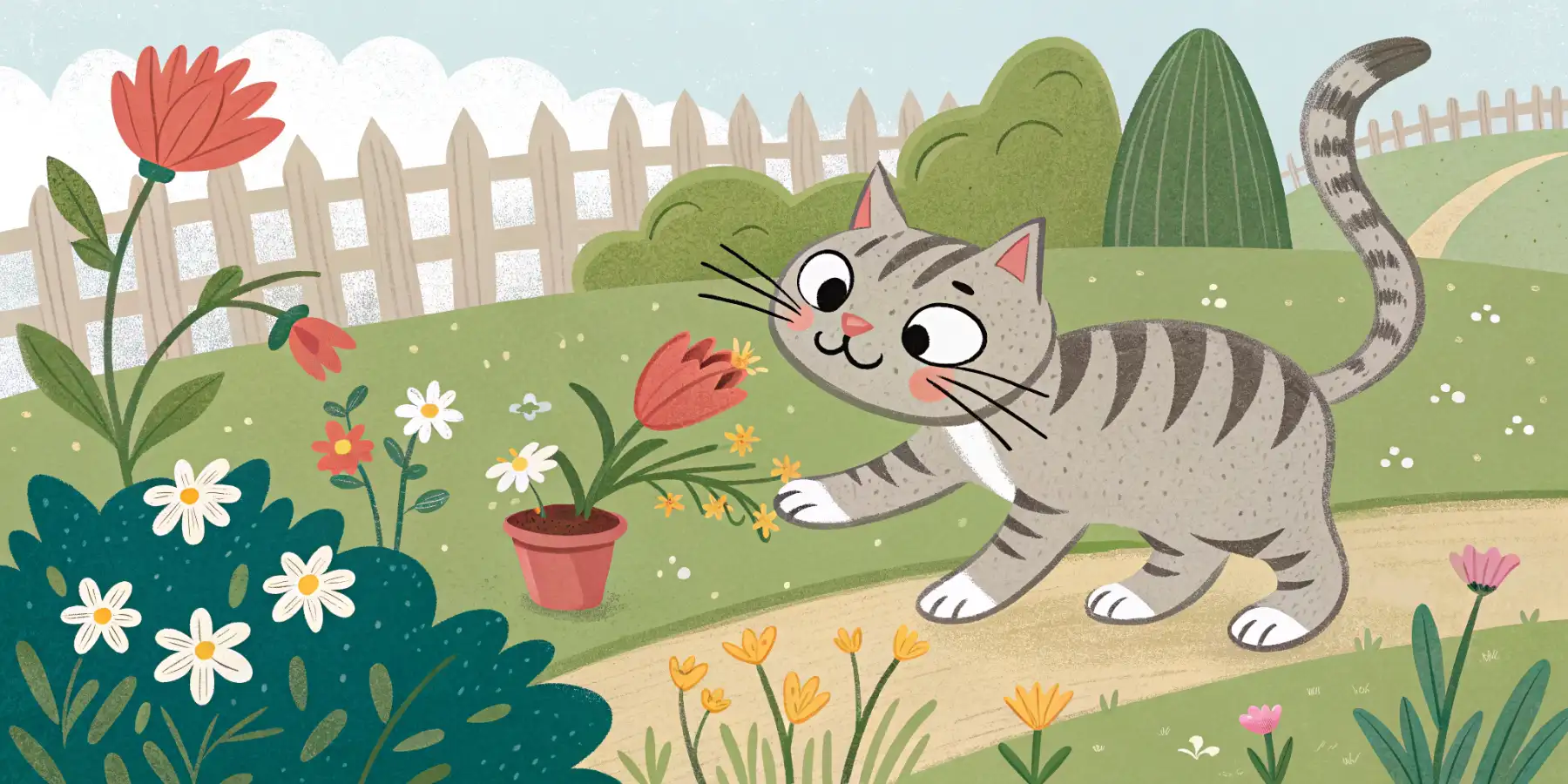
Adult Pet Care: Thriving Through the Years
Adult pet care is key! Learn how to navigate your pet's changing needs & behaviors as they mature. #pethealth #adultpets
Transitioning to Adulthood: Changes in Energy, Needs, and Behavior in Your Beloved Pet
The puppy and kitten years are a whirlwind of playful chaos, endless energy, and a whole lot of learning (for both you and your furry friend!). But just as quickly as they arrive, these early stages fade, and your little ball of fluff begins the transition to adulthood. This transition brings about significant changes in their energy levels, nutritional needs, and even their behavior. Understanding these shifts is key to providing the best possible care for your maturing companion.
The Teenage Phase: A Furry Rebellion?
Before we dive into full adulthood, let’s talk about the “teenage” phase. This period, which typically occurs between 6 months and 2 years depending on the breed and species, can be a bit…challenging. It’s essentially the equivalent of human adolescence, complete with testing boundaries and a sudden surge of independence. You might notice your perfectly house-trained dog suddenly having accidents, or your sweet kitten turning into a mischievous climber.
 Caption: A golden retriever puppy showing the classic mischievousness of the teenage phase.
Caption: A golden retriever puppy showing the classic mischievousness of the teenage phase.
In my experience, consistency is absolutely crucial during this phase. Stick to established routines, reinforce training commands, and be patient. Remember, they’re not being deliberately disobedient; they’re simply exploring their limits. This is a great time to focus on advanced training, like agility or trick training for dogs, or puzzle toys and interactive play for cats, to channel their energy and keep them mentally stimulated. Addressing concerns like excessive barking in adolescent dogs early on is vital.
Changes in Energy Levels: From Zoomies to Snoozes
One of the most noticeable changes as your pet enters adulthood is a shift in their energy levels. The endless zoomies and boundless enthusiasm of puppyhood gradually give way to a more measured pace. This doesn’t mean they’ll become couch potatoes overnight, but you’ll likely see a decrease in their overall activity.
This change is perfectly normal. As they mature, their metabolism slows down, and they no longer require the same level of caloric intake to fuel their growth. Adjusting their diet to a formula specifically designed for adult animals is essential to prevent weight gain and maintain optimal health. Choosing the right adult dog food or selecting an appropriate adult cat food is a critical decision that should be made with your veterinarian’s guidance.
Nutritional Needs: Tailoring Their Diet for Adulthood
Speaking of diet, this is perhaps the most significant area where you’ll need to make adjustments. Puppies and kittens require food that is high in calories, protein, and essential nutrients to support their rapid growth. Adult animals, on the other hand, need a diet that is balanced to maintain their weight, support their organ function, and prevent age-related health problems.
 Caption: A nutritious bowl of adult dog food kibble.
Caption: A nutritious bowl of adult dog food kibble.
Overfeeding is a common mistake that can lead to obesity, which is a major health concern in pets. Work with your veterinarian to determine the appropriate portion sizes for your pet based on their breed, age, activity level, and overall health. Consider factors such as the best diet for an indoor adult cat or nutritional considerations for large-breed adult dogs.
Behavioral Shifts: Finding Their Place in the World
As your pet matures, you might also notice changes in their behavior. They may become more independent, less tolerant of strangers, or more selective about their playmates. These changes are often influenced by their experiences and their individual personalities.
Socialization remains important even in adulthood. Continue to expose your pet to new experiences and environments, but be mindful of their comfort levels. If they seem stressed or anxious, don’t push them too hard. Positive reinforcement is key to helping them adapt and feel confident in different situations. Addressing things such as managing adult dog anxiety will improve their quality of life.
Senior Years: Preparing for the Golden Age
While this blog focuses on the transition to adulthood, it’s important to remember that this is just one stage in your pet’s life. As they enter their senior years, you’ll need to make further adjustments to their care to address age-related health problems and ensure their comfort and well-being.
 Caption: A comfortable senior dog enjoying a peaceful rest.
Caption: A comfortable senior dog enjoying a peaceful rest.
Regular veterinary checkups become even more critical as your pet ages. Early detection and treatment of health problems can significantly improve their quality of life and extend their lifespan. Be prepared to adapt your home environment to accommodate their changing needs, such as providing ramps for arthritic dogs or softer bedding for cats with joint pain.
Ultimately, understanding the changes that occur as your pet transitions to adulthood is essential for providing them with the best possible care. By adjusting their diet, exercise, and training, you can help them thrive and enjoy a long, healthy, and happy life by your side. I believe that by proactively addressing their changing needs, we strengthen our bond with our pets and ensure they remain our cherished companions for years to come.


